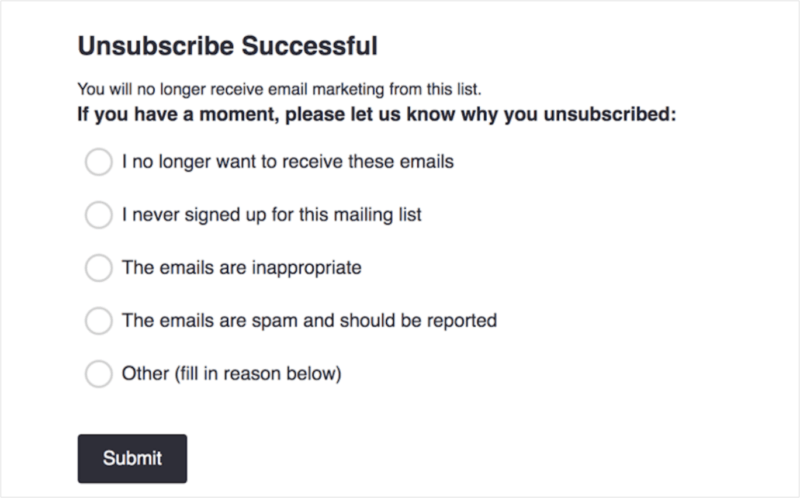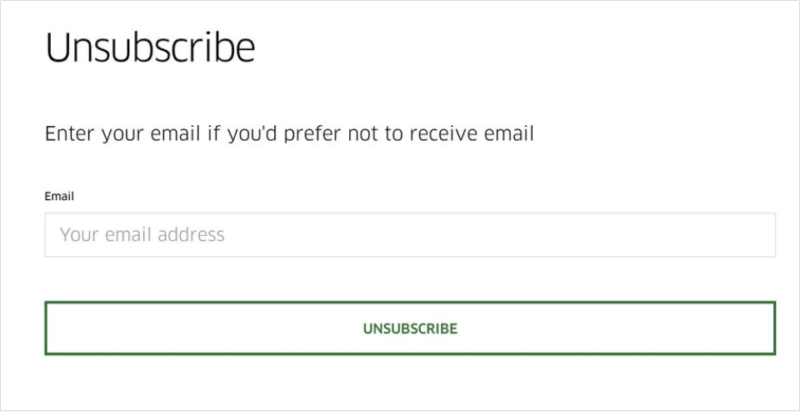
There are always going to be things in life that aggravate us. Sometimes, they’re minor offenses – like when men leave the toilet seat up, or when someone cuts in line. Depending on the day, our tolerance levels may fluctuate.
However, in the marketing world, some offenses can annoy customers or prospects to the point of no return. Yet, in many of these cases, you may not know what prompted their negative reaction.
Even if you conducted marketing research, it’s unlikely that you would uncover their rationale. Because… many may not remember. These infractions simply become part of the overall stress they’ve experienced that day.
“Most of the stress in our lives doesn’t come from big things. We lose our keys and we are late for work, the toilet is plugged, and so on. It adds up,” says Gary Felsten, PhD., a retired professor of psychology at Indiana University.
To help you maintain positive “vibes” with your customers and prospects, I’ve developed a list of marketing offenses to avoid.
1. Email unsubscribes
After clicking the “unsubscribe” button, many email service providers (ESPs) offer a pop-up survey asking why people unsubscribe. This is a clever way to determine your subscribers’ motives for leaving.
BUT, when people click on the “unsubscribe” button, and a webpage appears prompting them to enter their email address, that’s simply unacceptable and irritating! Why force people to take an extra step when their addresses are already in the database??
Solution: Use an ESP that doesn’t do this!
2. Non-personalized pitch emails
I receive many unsolicited emails from people who want my business (or attention). Some use ESPs for bulk sending, while others send one email at a time using their email software programs.
BUT, if you send these without personalizing recipient’s names, it’s as good as sending SPAM! I have a name. If people did their due diligence, they’d know it before reaching out.
Unacceptable salutations:
- Dear Team
- Dear Colleague
- Dear Friend
- Hi {name of website}
- No salutation!
Solution: Always personalize your email communication. And, for goodness sake; spell names correctly!
3. LinkedIn messages that sell, sell, sell
I’ve written about this previously. It still makes me nuts. Too many LinkedIn members send unsolicited pitches in their first contact.
Solution: Don’t send LinkedIn pitches before establishing a relationship. It’s that simple.
4. No response to personalized emails
When the shoe is on the other foot, and I send a personalized email to a prospect, I expect a reply, even if s/he isn’t interested. These are NOT bulk emails written to many. I reach out to individual local contacts.
I do the necessary research to know who I’m emailing and why, so it’s evident to recipients that I took the time. BUT, when they don’t respond, their business etiquette is out the window!
Solution: I realize that it takes time to reply to these cold emails, but you’ll gain brand points if you do. And, you never know if there’s an opportunity for your organization.
5. Sending emails to non-existent people
Some businesses use web scrapers or crawlers to extract emails from websites. These extractors are often used to send unsolicited sales-pitch emails (spam, if sent in bulk). They can also capture inaccurate information.
For example, if your email address is the default recipient for incorrectly addressed emails sent to your domain, you’ll likely receive messages for people who don’t exist. I frequently get emails sent to Tony or Ginger with my company domain. Here’s an example:
“Hi Ginger,
I’m sure I don’t have to tell you the constant stress of building a large, internal IT team to meet your burgeoning tech needs and what those costs look like.”
If the email has an “unsubscribe” link, I don’t take the time to use it. It’s a step I don’t want to take, so I label it as “junk.” As for relevancy, I don’t have an internal IT team and would certainly not do business with this vendor if I did.
Solution: Don’t send random bulk emails to people who haven’t subscribed. It’s against the law in the U.S. and in many other countries. And, before sending individual emails to leads, ensure you’ve checked them out first.
6. Hidden or nonexistent social media links or contact information
Your website is your organization’s number one marketing real estate property. It’s where customers and prospects go to learn more about it. It’s also one of the best ways they discover how to contact you, whether for general inquiries or to request customer service.
BUT, if your social media links or contact information are hidden or nonexistent, you’re turning away business and eroding any trust you may have had. If it takes too long to find your social media presence, email address, or telephone number, say bye-bye! Why are you hiding?
Solution: Ensure your contact information is easy to find and your social media links are in the header or footer of your site.
7. Autoplay videos
If I land on your website and a video starts playing immediately, that sends me round the bend! And, I’m not alone.
According to Hubspot research ”82% of people report that they have closed a web page because of an autoplaying video ad, and 51% say they think less of brands that use autoplaying online video ads.”
Solution: Empower your website visitors and let them control your videos.
There are many other marketing offenses that I abhor, but this list gives you a start on what NOT to do.
Which marketing offenses do you abhor? Please share!
















